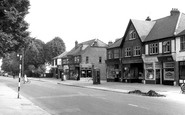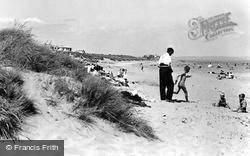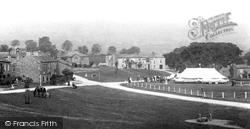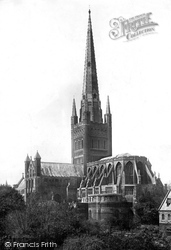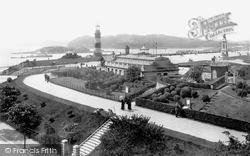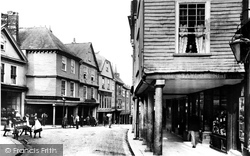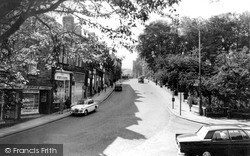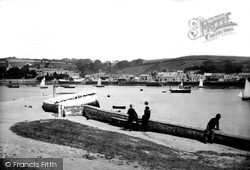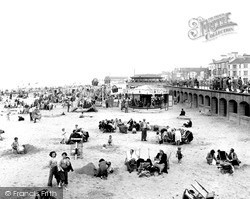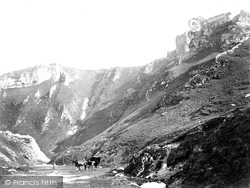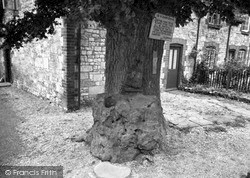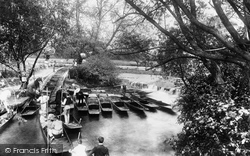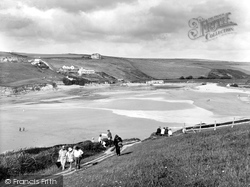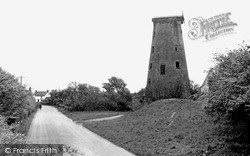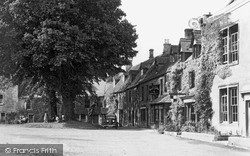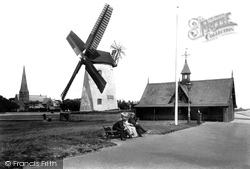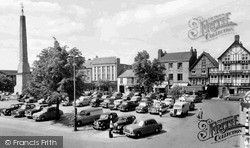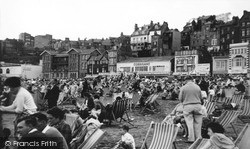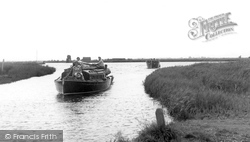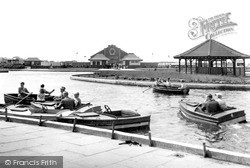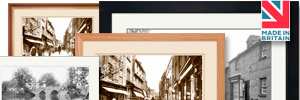Places
36 places found.
Those places high-lighted have photos. All locations may have maps, books and memories.
- Low Row, Yorkshire
- Low Bentham, Yorkshire
- Low Hutton, Yorkshire (near Malton)
- Low Fell, Tyne and Wear
- Low Dalby, Yorkshire
- Lowe, Shropshire
- Fenton Low, Staffordshire
- Low Leighton, Derbyshire
- Low Marnham, Nottinghamshire
- Low Snaygill, Yorkshire
- Low Street, Essex
- Low Town, Shropshire
- Low Valleyfield, Fife
- Low Angerton, Northumberland
- Low Barugh, Yorkshire
- Low Bradley, Yorkshire
- Low Ellington, Yorkshire
- Low Fulney, Lincolnshire
- Low Gate, Northumberland
- Low Laithe, Yorkshire
- Cauldon Lowe, Staffordshire
- Low Barlings, Lincolnshire
- Low Bradfield, Yorkshire
- Low Burnham, Humberside
- Low Grantley, Yorkshire
- Low Hauxley, Northumberland
- Low Hawsker, Yorkshire
- Low Hesket, Cumbria
- Lowes Barn, Durham
- Low Whita, Yorkshire
- Low Torry, Fife
- Low Valley, Yorkshire
- Low Westwood, Durham
- Low Worsall, Yorkshire
- Lowe Hill, Staffordshire
- Low Borrowbridge, Cumbria
Photos
267 photos found. Showing results 361 to 267.
Maps
509 maps found.
Books
Sorry, no books were found that related to your search.
Memories
636 memories found. Showing results 181 to 190.
Better Times
Great Britain is in disarray, I've never seen the likes. Worse than when Thatcher telt us Geordies, to get on wa bikes. They closed the yards and factories, we had them by the score, These places now just memories, of better ...Read more
A memory of Wallsend in 1985 by
Memories Of Good And Bad Days In Tottenham
My Name is Alan Pearce. I was born in October 1939 at 75 Park View Road and I have many memories of going to the bottom of the road and walking under the very low tunnel which carried the railway line. ...Read more
A memory of Tottenham in 1930 by
Harold Hill
I was born in north London, at the age of 5, I moved with my two twin younger brothers & parents to Harold Hill council estate on the first part built; 24 Charlbury Crescent. We had farms all around us as the rest of Harold Hill ...Read more
A memory of Gidea Park in 1956 by
Halfords Cafe And Outside Caterers, Castleford Rd.
Hi everyone. I was born in 56 and lived in Normanton and Altofts until moving to Pontefract when I was 7 or 8. My grandad had a cafe down Castleford Road called Halfords. Funny how this works ...Read more
A memory of Normanton in 1959 by
Mill Lane
Hi Everyone i also grew up mostly on mill lane estate (woodlands ave ) and went to St Marks School (head Master Mr Thorpe) you all have jogged my memory to fantastic times around woodley. i also remember snuches ha ha played ...Read more
A memory of Woodley by
Middle Rainton Part 4
Pathways were made up of compressed dirt, West Street (facing West Rainton), Back Row (facing the Meadow’s Pit), Lewis Street running parallel with Back Row) and Cross Street running parallel with West Street). Krone ...Read more
A memory of Middle Rainton in 1940 by
Park Court ~ Balham Park Road
My Aunt & Uncle (Ella & Cecil Forbes) lived in a two bedroom flat in Park Court in Balham Park Road from 1948 & throughout the 1950s and I spent much time staying with them as my parents ran pubs in The City. ...Read more
A memory of Balham in 1955
Garfield Road Rec
Half way down Garfield Road was the Recreation Ground; better know to all as simply the Rec. It was quiet a large area bounded on one side by Garfield Road and the other by the River Wandle, about which more another ...Read more
A memory of Wimbledon in 1954 by
Mr Atlee Garfield Road
Mr Atlee, or as he was when I knew him, Old Mr Atlee, lived on the corner of Cowper and Garfield Roads. Garfield Road was a long road starting at the balloon factory, passing the primary school and the Rec and ending at ...Read more
A memory of Wimbledon in 1953 by
Junior Years 1947 1951
The junior years at Sydney Road School were quite good for me, despite the fact that I was the worst fighter in our year. Before a blow had even touched me I would be crying [talk about Coward of the ...Read more
A memory of Intake in 1951 by
Captions
477 captions found. Showing results 433 to 456.
One drawback is the wind, which can spoil a picnic and blow beach balls out of sight.
An annual custom associated with this tradition is the blowing of a forest horn every night from the end of September to Shrovetide.
The east arm of the cathedral has a lower Norman part, while the tall clerestory and flying buttresses are 14th-century; this is a direct consequence of an earlier spire falling through the chancel roof
The exposed position of the bandstand meant that it had to have a revolving glass screen to prevent the performers' music blowing away!
A lower view of the High Street. The covered walks, created by overhanging stories, were the location of two historic parts of the market area.
After the 1930s the next blow to the Woollen District came in the 1960s with the import of cheap Italian heavy-woollen skirtings and coatings.
After the 1930s the next blow to the Woollen District came in the 1960s with the import of cheap Italian heavy-woollen skirtings and coatings.
An annual custom associated with this tradition is the blowing of a forest horn every night from the end of September to Shrovetide.
The calm waters are a significant feature of the shelter here, even when storm force winds are blowing outside in the bay.
Notice how few of the people shown are in swimming costumes - perhaps there was a chill wind blowing off the sea?
After the 1930s the next blow to the Woollen District came in the 1960s with the import of cheap Italian heavy-woollen skirtings and coatings.
It reads: 'There's not a tint that paints the rose Or decks the lily fair Or streaks the humblest flower that blows But God has placed it there.'
This awesome cleft's name derives from Old English words meaning 'wind gates' - a reference to the howling winds which blow down this limestone ravine, which was created under a tropical sea 350 million
Legend has it that King Alfred used the blowing stone to call his troops into battle. A mighty puff into the uppermost hole is said to produce a loud foghorn-type sound.
The Rollers enabled punts to be moved from a lower part of the river to a higher part. Beside this stretch there was a nude bathing place for men called Parson's Pleasure.
Porth Island squats in the sea opposite, and there among the pinks is a blowing hole that discharges a cloud of spray of such size and force that it can be seen from Newquay.
The Irish Sea can be as flat as a mill pond, but when an easterly, south-easterly or north-easterly gale blows up, this is what happens at Douglas.
The Fylde plain once had many such mills, benefiting from the strong prevailing winds blowing unchecked off the Irish Sea.
'Stow-on-the-Wold, where the wind blows cold…' runs the ancient rhyme. The highest town in the Cotswolds can certainly be windswept, particularly in the winter.
Sited to take full advantage of the winds blowing off the Irish Sea, it was built as a corn mill in about 1805.
The Market Place at Ripon is still the scene of the daily 'Setting the Watch' ceremony, when the city Wakeman blows his ancient horn at 9pm to announce that the city is now in his care.
The degree of cloth- ing being worn would indicate that the chill easterly breeze that often affects this coast is blowing.
It looks peaceful enough, but it is just two miles from the coast, and down by the dunes the sea blows unrelentingly.
The Coatham Enclosure was created from an area of sand dunes, and a retaining wall - the New Promenade - was built to protect the area from the blowing sand. This boating lake opened in 1930.
Places (90)
Photos (267)
Memories (636)
Books (0)
Maps (509)






















